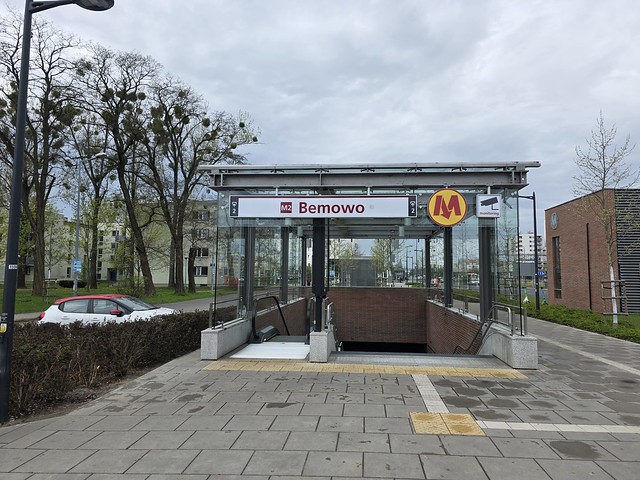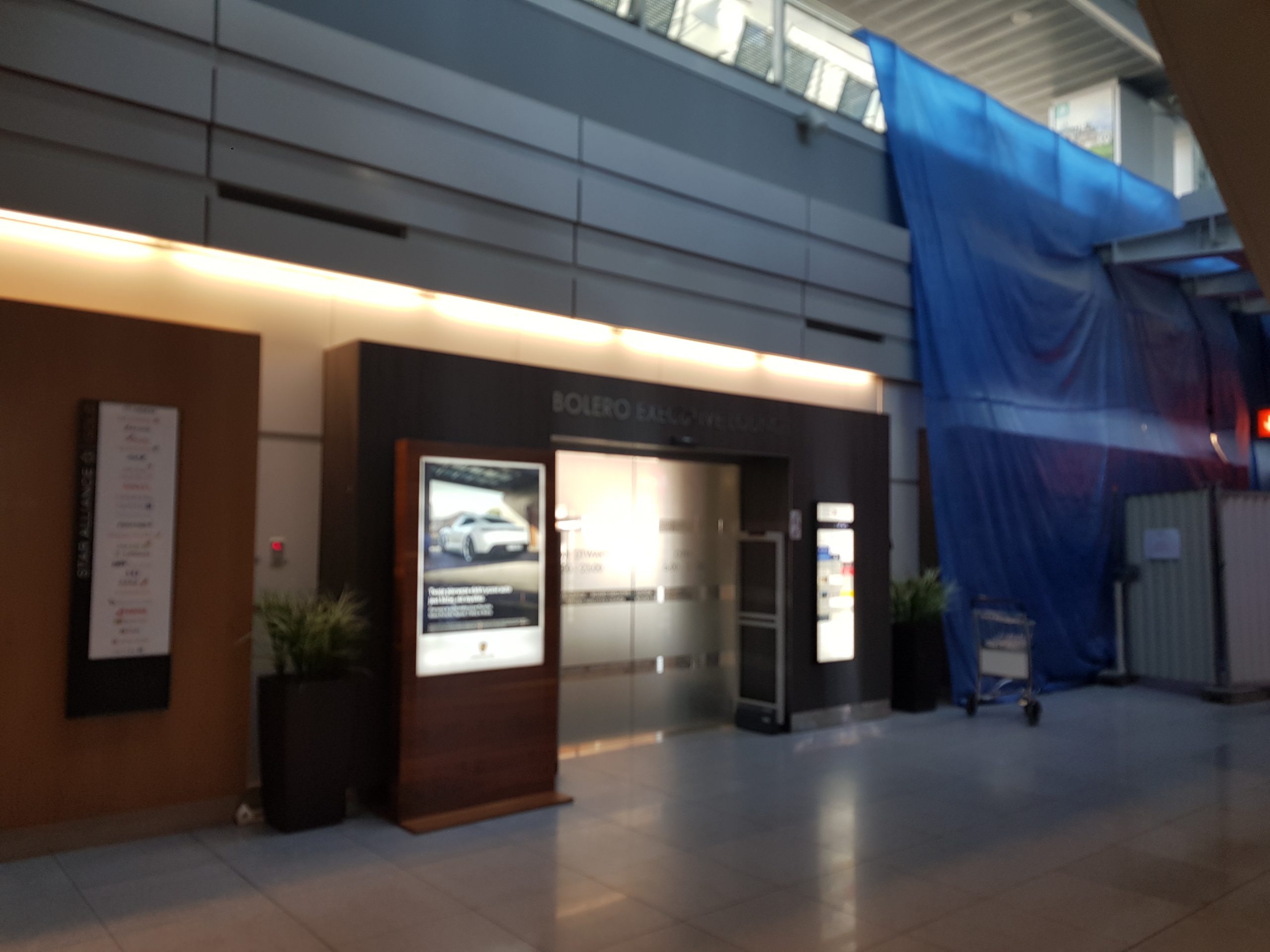Warsaw – Metro System : C4 Bemowo (Visiting Every Station)
Next on my expedition to visit every metro station in Warsaw was Bemowo, at the western end of the M2 line. Construction of the station started in 2019 and it opened for passenger usage on 30 June 2022, with the station name being simply the name of the district that it’s located in, although during planning it was named after the street it’s on, ‘Powstańców Śląskich’. It’s a residential area of the city and something of a transportation hub, so the extension out here seems rather sensible.
The Church of the Roman Catholic Parish of St. Luke the Evangelist which was constructed in 2001, with the parish having been established in December 1992 by Cardinal Józef Glemp. The first Holy Mass had been celebrated on May 31, 1990, at the site of the future church.
It might have my initials, but I can’t imagine me starting a construction company on the grounds I’m not keen on changing light bulbs.
The sculpture of General Józef Zachariasz Bem (1794–1850) who was a Polish military leader and national hero of both Poland and Hungary. He began his career in the Napoleonic Wars and rose to prominence during the 1830–1831 November Uprising in Poland, where he earned a reputation as a skilled artillery commander. Later, he played a key role in the Hungarian Revolution of 1848, leading forces in Transylvania to several significant victories against Austrian and Russian troops. His leadership, courage and tactical brilliance made him something of a beloved figure in both nations given how much he had surprised and delighted the populations. Following the collapse of the revolutions, Bem sought refuge in the Ottoman Empire, where he converted to Islam and continued his military career under the name Murad Pasha. He died in exile in Aleppo in 1850, although his remains were later brought back to Poland. Despite his exile, Bem’s legacy endured as he is remembered as a symbol of cross-national solidarity and the shared fight for independence, with statues and memorials honouring him in both Poland and Hungary.
Looks a bit industrial. This was on my way to look at the nearby Górczewska Park.
This text reads “SÁNDOR PETŐFI 1823 – 1849, Outstanding Hungarian poet Adjutant to Gen. J. Bem, Fell for freedom”. Unless my two loyal blog readers have already forgotten from two paragraphs ago, they already know about General Bem. Sándor Petőfi was a legendary Hungarian poet, revolutionary and something of a national hero. He is widely regarded as Hungary’s national poet and was one of the key figures of the Hungarian Revolution of 1848. Petőfi’s poetry, full of passionate calls for liberty and national pride, inspired revolutionary fervour among Hungarians. His most famous poem, “Nemzeti dal” (“National Song”), played a central role in igniting the revolution.
The park’s amphitheatre which was opened in 2008 and which can seat up to 1,000 spectators. From 2009, it was named the Michael Jackson Amphitheatre, which didn’t delight everyone and they took the name away in 2019 as it became too controversial. It was originally given this name because he did some sort of musical event at the nearby airport, Warsaw-Babice Airport.
Some trees and a park seems a sensible place to put them.
A hill in the park with a playground on it.
It started raining so I thought that I’d better get back.
Going down the steps.
The station design which seems less decadent than they could have made it given that it’s a new station and the ones before looked, well, more jazzy. The plan was to use weathering steel, or Corten Steel, as apparently this rustiness looks interesting. I’m not entirely convinced, but there we go.
The ever useful metro map. The task of constructing the C4 Bemowo station, along with the preceding C5 Ulrychów station and connecting tunnels, was awarded to a consortium comprising the Turkish company Gülermak Ağır Sanayi İnşaat ve Taahhüt A.Ş. as the leader, and the Italian company Astaldi S.p.A., both of whom had experience in building other bits of the network in the city. While the station box itself was constructed using the cut-and-cover method, typical for Warsaw Metro stations, the connecting tunnels were bored using Tunnel Boring Machines (TBMs), which were named “Krystyna” and “Elisabetta”.

















